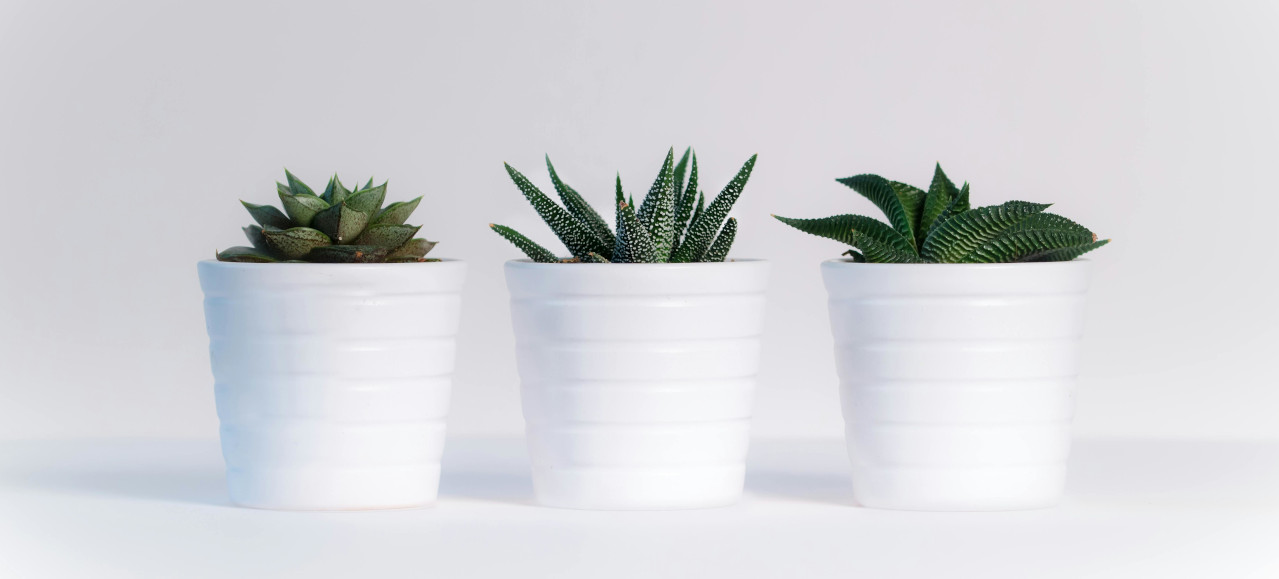Creating a Healthy Home
In today’s fast-paced world, where stress and environmental concerns often dominate our lives, creating a healthy home has never been more important. Your home should be a sanctuary—a place that nurtures your well-being and supports a healthier lifestyle for you and your family. But what does it really mean to have a “healthy home,” and how can small, practical changes in your living space positively impact your health?
From improving indoor air quality to choosing non-toxic cleaning products and safe food storage options, the concept of a healthy home extends beyond just keeping things clean. It’s about reducing toxins, promoting sustainability, and creating an environment that fosters physical and mental wellness.
This guide will explore the core principles of a healthy home, offering actionable tips to make your living space healthier, safer, and more eco-friendly. Whether you’re looking to start small by replacing everyday household items with safer alternatives or dive deeper into green living practices, this article will provide the foundation you need to begin your journey.
What Does It Mean to Have a Healthy Home?
A healthy home is more than just a clean or well-organized space—it’s a living environment that actively promotes the health, safety, and well-being of its inhabitants. It’s a place where you can breathe clean air, drink safe water, and use everyday products without worrying about harmful toxins or pollutants.
At its core, a healthy home prioritizes three key elements:
- Physical Health
- Reducing exposure to allergens, chemicals, and pollutants that can trigger health issues like asthma, allergies, or other chronic conditions.
- Incorporating elements like proper ventilation, non-toxic materials, and clean surfaces to create a safer living space.
- Mental Well-being
- Creating a calm, clutter-free environment that reduces stress and promotes relaxation.
- Using natural light, plants, and soothing design elements to foster a sense of balance and peace.
- Environmental Sustainability
- Choosing eco-friendly and sustainable products that minimize your home’s impact on the environment.
- Implementing energy-saving practices and reducing waste through conscious decisions.
By focusing on these principles, a healthy home becomes a space that supports not only your family’s health but also the planet’s well-being.
In the sections that follow, we’ll break down the essential components of a healthy home, including improving indoor air quality, ensuring water safety, switching to non-toxic cleaning products, and much more. Whether you’re taking your first steps toward a healthier lifestyle or looking to refine your current practices, this guide will provide actionable advice tailored to your needs.

Indoor Air Quality: The Foundation of a Healthy Home
When it comes to creating a healthy home, indoor air quality should be at the top of your priority list. The air inside your home can significantly impact your family’s health, as we spend the majority of our time indoors. Poor air quality can lead to respiratory issues, allergies, and even chronic health problems over time.
Common Indoor Air Pollutants
Indoor air can harbor a surprising number of pollutants, including:
- Dust and allergens: Dust mites, pet dander, and pollen are common irritants that can affect airways.
- Volatile Organic Compounds (VOCs): Found in paints, cleaning products, and even furniture, VOCs can release harmful chemicals into the air.
- Mold and mildew: These thrive in damp areas and can produce spores that exacerbate allergies and respiratory conditions.
- Smoke and combustion particles: These can result from cooking, candles, or tobacco use.
Steps to Improve Indoor Air Quality
Improving the air you breathe doesn’t have to be complicated. Start with these simple yet effective steps:
- Ventilate Your Home
Open windows regularly to allow fresh air to circulate, especially when cooking or using cleaning products. - Invest in Air Purifiers
Look for purifiers with HEPA filters, which can trap particles as small as 0.3 microns, including allergens and pollutants. - Minimize VOC Sources
- Opt for VOC-free or low-VOC paints and cleaning products.
- Choose furniture made from solid wood or other natural materials rather than composite woods.
- Control Humidity Levels
Use a dehumidifier to keep humidity levels between 30% and 50%, which helps prevent mold growth. - Add Air-Cleaning Plants
Certain plants, such as peace lilies, snake plants, and spider plants, are known to improve air quality by absorbing toxins.
Here’s a link to article – How to Improve Indoor Air Quality in Your Home

Non-Toxic Cleaning Products: Safe and Effective Alternatives
Conventional cleaning products often contain harsh chemicals that can linger in the air and on surfaces, posing risks to your family’s health. Transitioning to non-toxic alternatives is an easy and impactful way to create a safer home environment.
Why Choose Non-Toxic Cleaning Products?
- Health Benefits: Avoid exposing your family to harmful chemicals that can irritate skin, eyes, and respiratory systems.
- Environmental Impact: Reduce the number of pollutants entering water systems when you wash away cleaning agents.
- Eco-Friendly Packaging: Many natural cleaning products come in recyclable or biodegradable packaging, further reducing waste.
Simple Non-Toxic Cleaning Solutions
- Vinegar and Baking Soda: Effective for cleaning surfaces, unclogging drains, and deodorizing.
- Castile Soap: A versatile, plant-based soap that works well for dishes, floors, and even laundry.
- Essential Oils: Add lavender, tea tree, or lemon oil for antibacterial properties and a pleasant scent.
Next Steps in Creating Your Healthy Home
By improving your indoor air quality and switching to non-toxic cleaning products, you’re already well on your way to creating a healthier living space. In the next sections, we’ll explore other essential areas, such as ensuring water safety, choosing safe food storage options, and incorporating sustainable practices into your home.






0 Comments